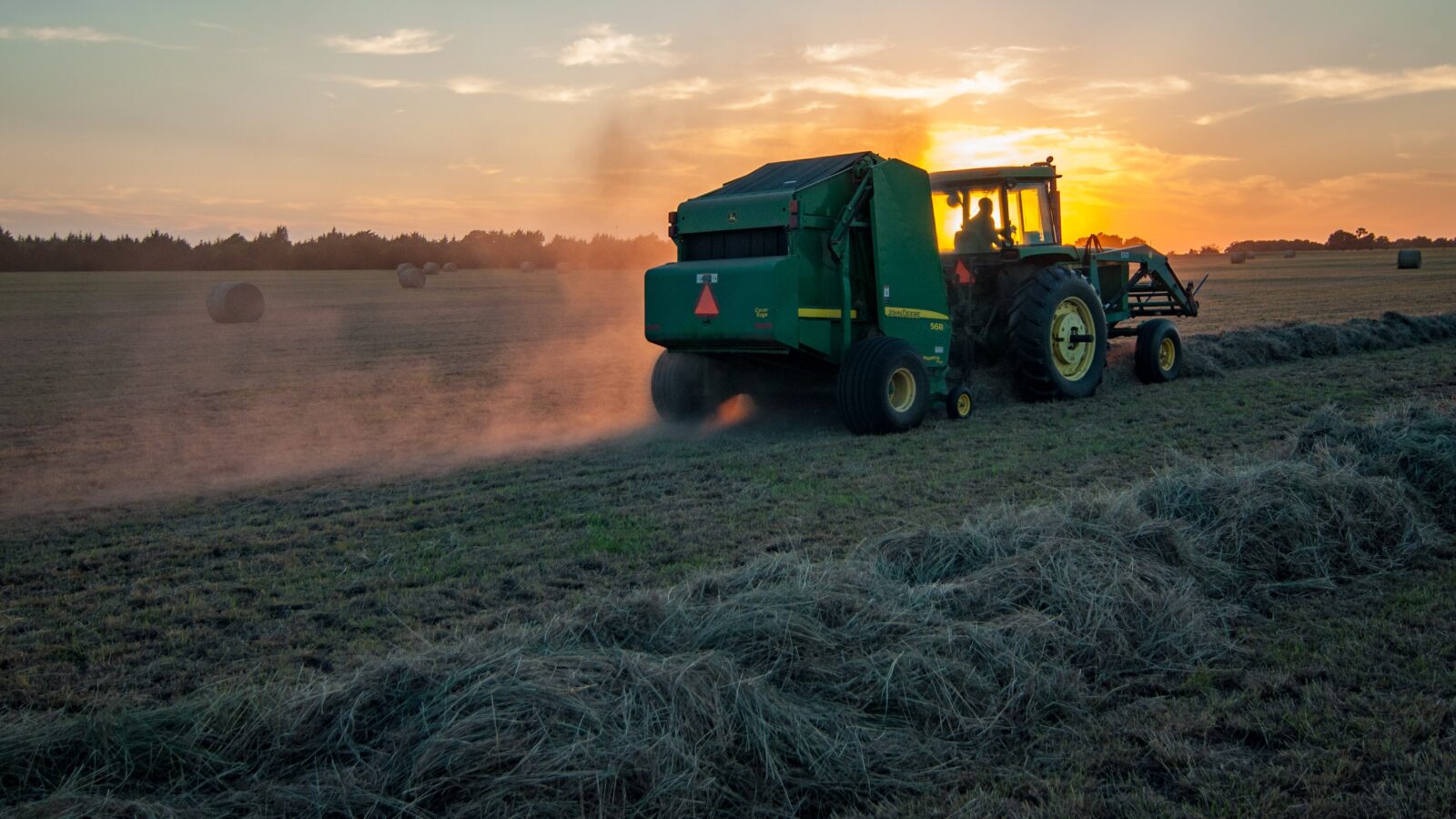
Safeguarding biodiversity and sustainable management practices are not reflected in prices paid to farmers, says a European Commission report.
The report from the Commission’s Agriculture Directorate General is an overview of the first two years of the 2013 reform of the common agricultural policy (CAP) which introduced a green direct payment scheme (‘greening’). The aim was to further improve sustainable management of natural resources linked to farming through payments for practices beneficial to the environment and the climate. Besides crop diversification and the maintenance of permanent grassland, greening requires farmers (with more than 15 hectares) to reserve 5% of their arable land for Ecological Focus Areas (EFAs).
However, the report points out that while many valuable habitats and the biodiversity encouraged under the EFAs program “rely on farming systems, the efforts to safeguard this biodiversity are not recognized by markets and therefore not reflected in the prices farmers receive for their produce”.
“While preserving biodiversity depends on appropriate management practices, these practices – driven by competitive pressures – have experienced change, with increasing specialization and intensification of production in some areas and land abandonment in others,” states the report. “This creates pressures on biodiversity, has detrimental effects on soil, water and climate but also puts the agricultural sector’s long-term production potential at risk”.
The report presented to the European Parliament and European Council stated that the amount of land dedicated to safeguarding and improving biodiversity on farms is already in excess of the required 5% limit for farms with more than 15 hectares (37 acres) of arable land. As such, an increase to 7% was not needed at this point.
In its conclusions, the report states that “changes to secondary greening legislation currently pursued by the Commission are an important step towards better management practices, along with:
- A ban on the use of plant protection products on (potentially) productive EFAs;
- Clarifying and setting retention periods for some EFA types; and
- Streamlining the requirements that might have prevented farmers from using some of the most environmentally beneficial EFAs, namely landscape features and buffer strips.


